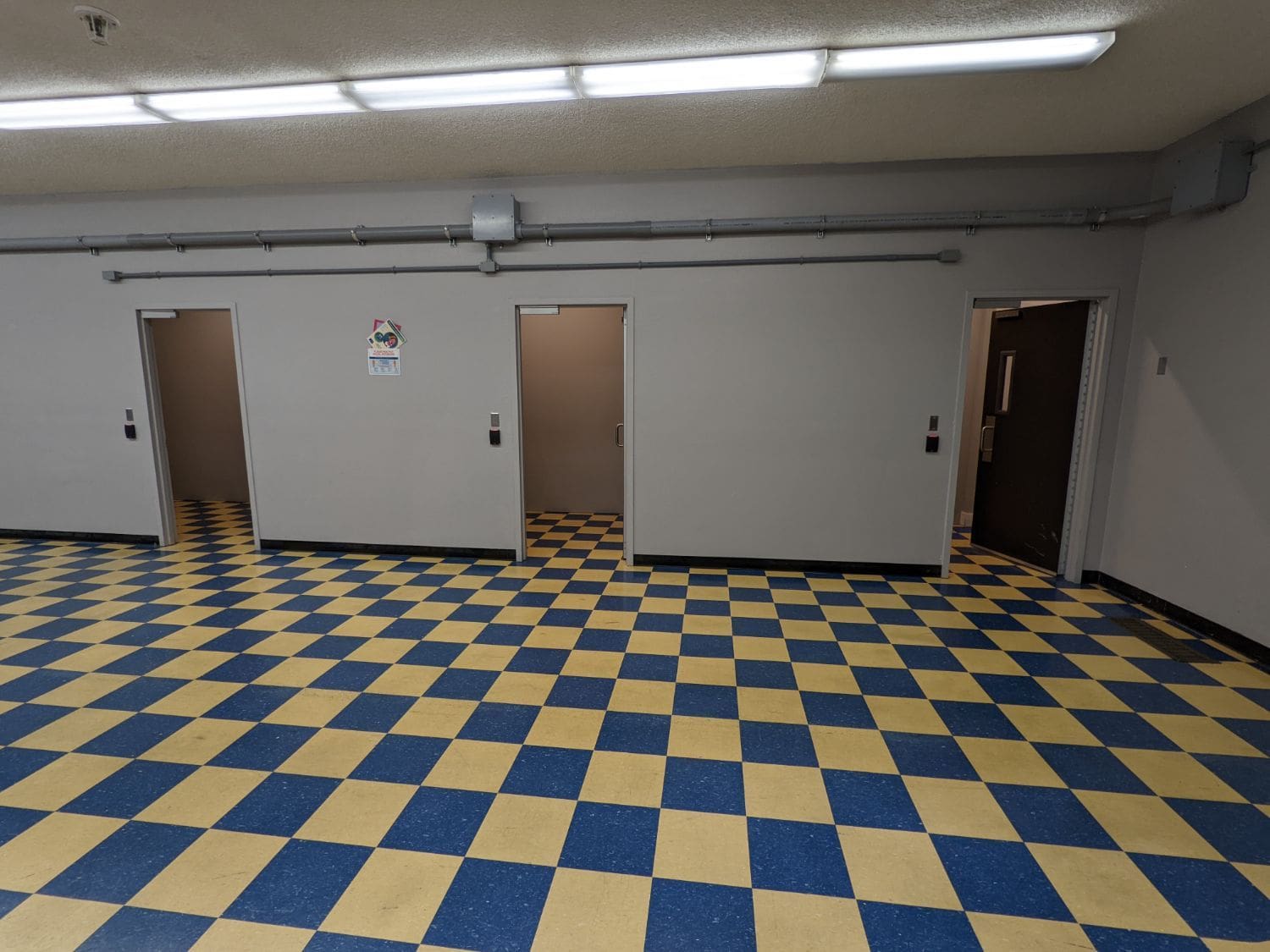Let’s Keep ALL Students Safe at School – Take Action TODAY
ACTION UPDATE: Contact your legislators and ask them to vote YES on SHB 1479 before the cutoff date of March 8th!
The testimony in Olympia on HB 1479 was overwhelming. I was awe struck by the number of people who spoke up, called their legislators, and shared their concerns. We had joined a group of advocates seeking to eliminate three harmful things from the public school system:
- The use of isolation cells, which are small, locked rooms where students are forced to sit alone in response to concerning behavior;
- School staff restraining students with handcuffs, zip ties, and other forms of mechanical restraint; and
- School staff restraining students with the use of chemicals or drugs administered by staff to a student to control the student’s behavior or restrict the student’s movement (not prescribed by their doctor).
We sought to increase the training and technical support provided to school staff to learn safe and effective interventions to prevent and deescalate student behavior. However, school staff, school administrators, parents of students who are not restrained or isolated, and school board members came out in force to try to stop this bill. Some of them testified at hearings and voiced their concerns in public. Many more contacted their legislators in private, insisting that in some circumstances, these tactics must be available to them. They could not run a school without them.
Listening to the opposing testimony makes me feel chilled. We based our advocacy on the compelling and thorough research and report “Coming Into the Light: An Examination of Restraint and Isolation Practices in Washington Schools” authored by Disability Rights Washington and ACLU of Washington. They spent two years visiting the actual schools that have isolation cells. They interviewed students, parents, teachers, paraeducators, principals, and experts about the use of restraint and isolation and their harmful impact. While current law limits their use to “emergency” situations where there is “substantial risk that a person will cause physical harm to themselves or another person, or substantial loss or damage to another person’s property”(p.6) they found that the practices are not rare at all, and that they impact certain groups of students way more than others (p.6). “In the 2019-2020 school year, 3,866 students were subject to 24,873 occurrences of restraint or isolation (6.4 occurrences per student on average). In the 2020-2021 school year, 1,306 students were subject to 7,1117 occurrences of restraint or isolation (5.4 occurrences per student on average) (p.6-7). What is especially shocking is to learn that 82% of the students in 2019-2020 and 74% of the students in 2020-2021 who experienced these harmful interventions where elementary K-5 students (p.7). Furthermore, most of the students came from three groups: males, students with disabilities, and low-income students (p.9). Furthermore, black and multi-rachial students are disproportionately likely to experience restraint and isolation than their white peers (p.12). The data also showed that students experiencing homelessness and students living in foster care were much more likely to be isolated or restrained by school staff. (p.13-14)
When this bill had a public hearing, parents whose children had been traumatized by experiences of isolation and restraint shared their stories to the legislative committee. Teachers, paraeducators, OSPI staff, experts in the field of school-based behavioral interventions testified passionately and rationally about the ineffectiveness of these three tactics: isolation cells, handcuffs, and medicating students to control their behavior. Legislators heard that there are better practices, and they heard from school administrators at schools who have eliminated the practice all together.
Substitute House Bill 1479 made it past the most recent cutoff and is still alive to become law this session. It has many hurdles to face before this session ends on April 23, 2023. It will face many more challenges. Despite the commitment in the bill to training and technical support for school staff to learn the skills needed to safely support student behaviors, even when those behaviors are disruptive, the legislators have heard plenty of adults clinging to this harmful practice. One particular school administrator cited the prevalence of group homes that serve children with developmental disabilities and children in foster care as his main reason for wanting the continued use of isolation rooms, mechanical restraints, and chemical restraints, emphasizing that these are the students who have escalating behaviors that lead school staff to employ isolation and restraint as a response. There was a lot of talk about the needs of the rest of the students in the school and that those needs justify the harm caused to students who are isolated and restrained.
And there in lies the depth of the problems we face to legislate and actualize a better world for ALL our children. We cannot pit some children against others to build a just world. We can no longer tolerate as rational that we must harm some students to protect other students. One of the best advocates for children I get to work with always reminds us that we must hold these children, the children who have experienced homelessness, foster care, disability, trauma, racial discrimination in “our circle of concern.” We cannot let legislators deny them safety and security in their own classrooms as a way to appease the rest of the students, families, and school staff. These reforms were passed with bipartisan support in at least five other states. Oregon passed this 2019 law by a nearly unanimous bipartisan majority in both houses of their legislature: Senate 26-0, House 58-1 ; Many other state lawmaking bodies (including Texas in 2001, Georgia in 2010, Illinois in 2021, and Maryland in 2022) that have voted on sensible measures to restrict restraint and/or ban isolation have done so by nearly unanimous bipartisan majorities. Yet our current legislature is struggling to reform this outdated, carceral system response to student learning.
Take Action:
Please consider contacting key members of the Washington state Legislature and ask them to support the banning of isolation, mechanical and chemical restraint of students.



